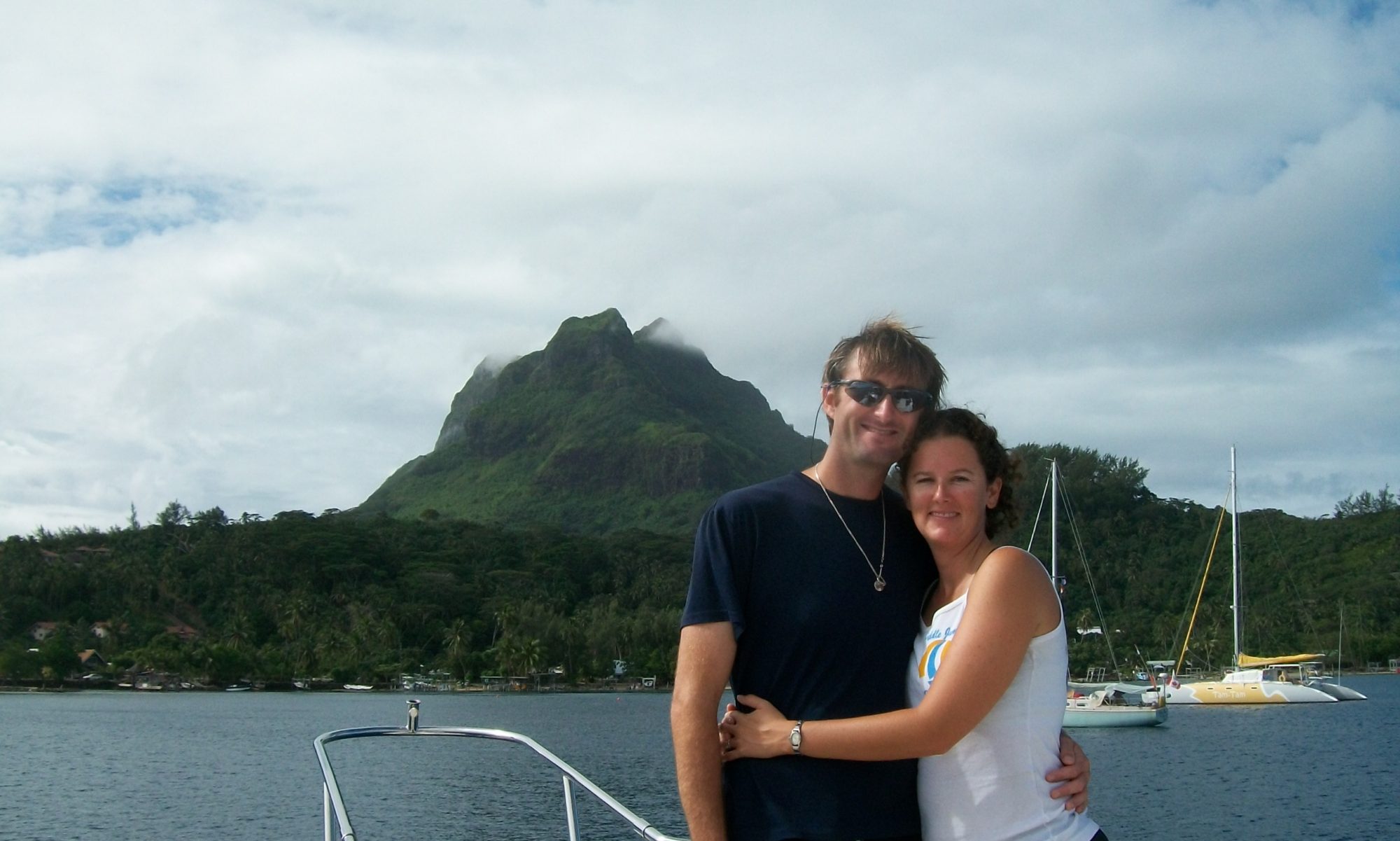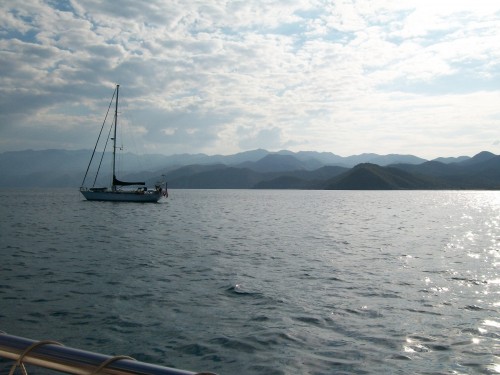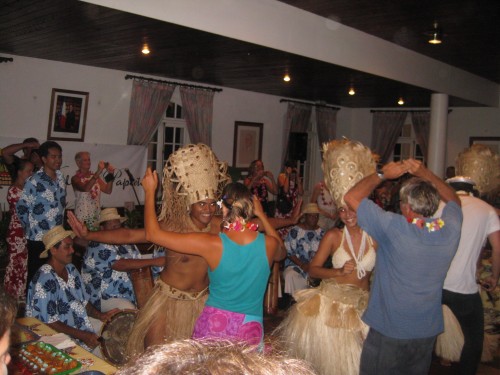Sailing around the world for free on someone else’s luxury yacht sounds like a doable thing for you huh? You took our advice on how to test the waters with sailing and did a local trial class or joined the local racing team and now you’ve had you can confidently say you know your way around a beer can race? (hey, that’s what it’s actually called!)
You got that first taste of salt in the air and it tasted so good you decided you might just want to follow that breeze to a sunny beach somewhere. A beach perhaps where the cerveza is cheap and the locals provide a really comprehensive foreign language immersion experience?
You’re ready to go, so what’s next?
Well like we said before: start small and work your way up. Seriously, if you haven’t taken the time to read our article on cheap and easy ways to try out sailing go check that out and start there. It is way more fun learning to sail on the weekend in your home waters with some experienced mariners to help you and sleeping in your own bed every night than standing watch at midnight 60 miles from shore not sure if you should wake the captain about that weird sound the mast is making.
After you get a little experience (and we do mean a little, it really doesn’t have to be much) to match your desire, it’s time to begin to understand the two different kinds of cruising and which is best for you. We’ll start with the kind of cruising we started with and that we recommend you also use to stretch your deep-sea legs at first.
Coastal cruising
This is most of the sailing community and is made up of ships that follow the coastline and stay within about 100 miles of shore. Don’t think that limits how far you can travel with them though! Every year Canadians and Americans sail their boats down to Mexico and as far as South America. On the Eastern seaboard boats travel from Maine down to the Caribbean and even thorough the Panama Canal to earn membership in that oddly named group of sailors, the “order of the ditch.” Many of these boats would love to have a good crew along. So if you have the time and think that visiting rural Mexican fishing villages on a 44 foot yacht travelling to Cabo San Lucas beats being crammed into a small metal tube with 150 screaming kids that will pass their flu onto you for your vacationing enjoyment, then this is the option for you!
Advantages –
- Short hops – The main advantage of coastal cruisers is that the sailing trip between ports is short (typically a single overnight to a maximum of a few days). If weeks alone on an isolated ship in the middle of the ocean with no land in sight is not something you’re sure you would enjoy, then coastal cruising is the way to avoid that. If you’re just starting out and want to try out deep sea sailing before you bite off a multi-week passage (which we HIGHLY recommend) then this is how you do that. Additionally, coastal cruising gives you more opportunity to depart the boat if you’d like to spend some time on land.
- Weather avoidance – Due to the fact that they sail closer to land, when the weather turns bad or just whenever they feel like it coastal cruisers are able to duck into protected harbors to seek shelter…alongside a cold beer. This is not a guarantee as weather can sneak up on a boat and sometimes a harbor is not within easy reach but in general, coastal cruisers can avoid a lot more of the rough stuff than their bluewater cousins. If motion sickness in extreme conditions is of concern to you, then coastal cruisers are a much safer bet.
- More Ships – As we said, the overwhelming majority of the recreational cruising community falls into this category so there are just a lot more boats out there involved in coastal cruising. This is good because there more opportunities to crew. Also you can easily meet a lot more boats while coastal cruising and since you all pull in more often you have the opportunity to form relationships with them.
The party to sailing ratio is much higher in the coastal community
Disadvantages –
- Less want crew – due to the fact that legs of the journey are much shorter, there is less motivation for coastal cruisers to bring on crew. Many choose to simply “tough it out” and catch up on their sleep during their next inport or they just pull in more often. This means that while there are more people talk to, less of them are going to be highly motivated to take on crew.
- Shorter gigs – again a function of the shorter hops advantage is that when crew are needed, they are required for a much shorter time span. If you work with coastal cruisers be prepared to measure your average trips in days vice months and understand you will be searching for a ship more often, along with the expenses that incurs. However if you are someone looking for a shorter adventure than this may actually work in your favor.
We would recommend anyone looking to do volunteer crew work to start with costal cruising. You can have some really solid deepwater experiences without committing months of your life to a passage, the more frequent stops give you more options, the close proximity to land allows you to duck and cover if mama nature decides to throw down and most importantly: it allows you to get to know a lot more boat owners much faster which will allow you to find more gigs.
Coastal cruising is the way we started our sailing adventures and it served us incredibly well. We worked with a series of boats and used them to travel from San Diego to Puerto Vallarta by way of Cabo San Lucas, Mazatlan and a few little Mexican costal villages we’re not sure strictly had names. (you can see our route with links to our adventures here) We met some amazing people and most of our sailing friends that we made on this trip have come from our time costal cruising. It’s also how we found our ride to Tahiti because most bluewater cruisers do the costal cruising thing whenever they can. Neither group is exclusive of the other.
Next time we’ll look at the other type of long distance sailing – bluewater cruising.
Return to How to Crew main page
Greg and Tiffany are traveling around the world on sailing yachts and keep a video blog of their (mis)adventures. If sailing to Tahiti on a 44 ft sailboat, 3-day delays for wine tastings, getting pooped on by seagulls, opening coconuts with dull machetes, sailing past tornadoes and ukulele Christmas carols are for you, then check them out atwww.CoastGuardCouple.com!




